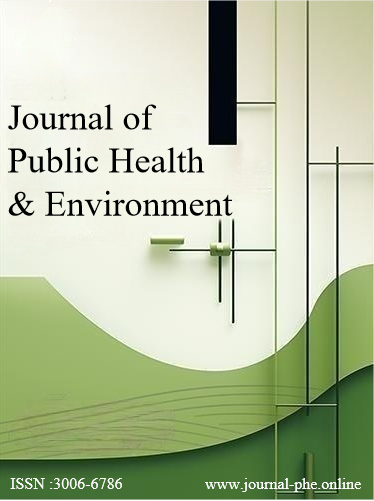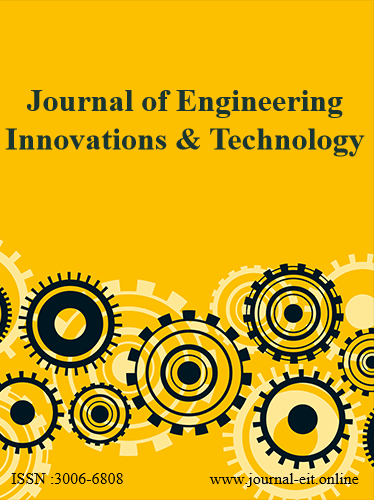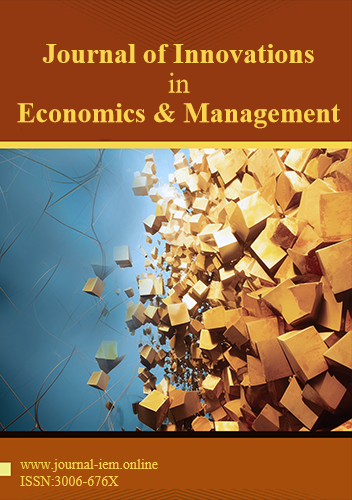 An open access journal
An open access journal
Food Waste-to-Energy Conversion Technologies
Abstract
Food waste is a significant environmental and economic issue worldwide, contributing to greenhouse gas emissions, soil and water pollution, and resource depletion. This paper explores various technologies for converting food waste into energy, including anaerobic digestion, composting, pyrolysis, and incineration. It discusses the potential of these technologies to recover energy from organic waste while reducing landfill disposal and mitigating environmental impacts. The paper examines the process, efficiency, and environmental implications of each technology, highlighting their advantages and limitations in terms of energy recovery, waste treatment, and by-product management. It also discusses policy and regulatory frameworks, economic incentives, and public awareness campaigns aimed at promoting food waste reduction and energy recovery initiatives. By harnessing food waste as a renewable energy resource, communities can achieve sustainable waste management practices and contribute to the transition to a circular economy.
Share and Cite
Article Metrics
References
- Rajagopal, R., Massé, D. I., & Singh, G. (2013). A critical review on inhibition of anaerobic digestion process by excess ammonia. Bioresource Technology, 143, 632-641.
- Deublein, D., & Steinhauser, A. (2008). Biogas from waste and renewable resources: An introduction. John Wiley & Sons.
- Liu, C., Li, L., Lai, S. Y., & Zhang, Y. (2017). Composting of food waste: A review on the recent literature. Journal of Cleaner Production, 178, 895-908.
- Salema, A. A., Gaur, A., & Patel, B. (2020). Waste-to-energy: A review of the status and benefits in developing countries. Journal of Environmental Management, 261, 110251.
- Brown, N., Brown, M., & Finkleman, M. (2010). Pyrolysis and gasification of municipal solid waste. World Bank, Washington, DC.





